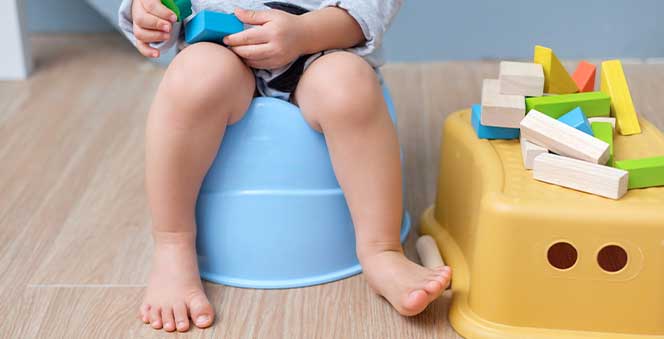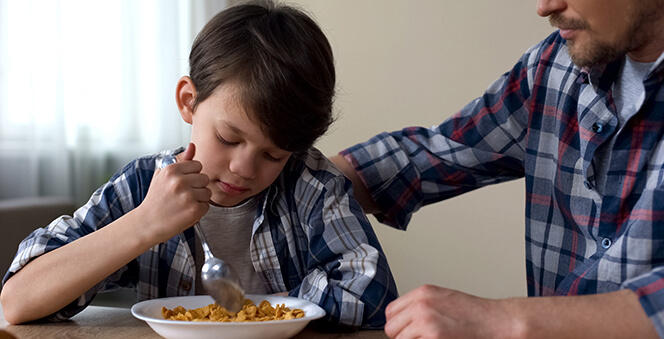So you have a toddler in the house, a ray of sunshine whose presence takes away all your stress and worries but there is one thing that stresses out every parent out there and it is training your bundle of joy the art of making them use the toilet. Many parents are not confident about when to start toilet training or “potty training.” All kids don’t show the sign of readiness at the same age. With a gesture they can tell you they want to poo, has regular, soft, formed bowel movements, can pull his pants up and down, etc. are few signs that show your toddler is potty-training ready!
If your toddler isn’t developmentally ready for potty training, even the best toilet tactics will fall short. Wait for these signs that your toddler is set to get started:
- You’re changing fewer diapers: Toddler pee frequently till they’re around 20 months old, but once they can stay dry for an hour or two, it’s shows that they’re developing bladder control and they are now ready for potty training.
- Bowel movements become more regular: This makes it easier to predict when your little one wants to use the potty and therefore it becomes easy for you to understand the time you should bring the potty out.
- Your toddler is more vocal about using toilet: When your little one starts to tell peeing and pooping by verbalizing or showing you through his facial expressions, that means he is all set to potty training
- Your child doesn’t like dirty diapers: Your little one may suddenly decide they don’t want to hang out in their dirty diapers because they’re gross.
Once you understand and take the decision that it is time for you to teach your kid to use the potty, then the below listed tips will come in handy:
PREPARATION
- Get a potty. Many toddler feel more confident starting with one that sits on the floor rather than one that sits on top of the toilet seat. It’s less scary, and it gives them the comfort and balance that comes with being able to put their feet securely on the floor.
- Put the potty in a place that is convenient to where your child spends most of his time. It is not necessary to keep in the bathroom; you can also keep it in a corner of your playroom. Accessibility is important in the beginning.
- Let your kid explore the potty and become habitual with it.
LEARNING
- Have your child practise sitting on the potty with their clothes on once or twice a day. Let them get up whenever they want. Your goal is to help the child become comfortable with it.
- Appreciate your kid for each step, even the small ones and the ones that aren’t completely successful.
- Once your toddler is habitual sitting on the potty with clothes on, have the child practise sitting on it with her clothes off.
- After a few days, when your child has a bowel movement in her nappy, have her watch you put it into the potty so that they can see where it should go
- Look for signs that your child needs to urinate or move their bowels. Some toddlers will tell you with words. Others will express through signs that they get into a particular position. When that happens you should ask them if they want to go.
- Have the child practise washing hands with soap and water every time they get off the potty, even if she doesn’t do anything.
- Keep your child in easy-to-remove clothing, such as trousers that they can simply pull down without having to unbutton anything, or a dress or skirt. That increases the likelihood of success.
REINFORCEMENT
- Give your child lots of appreciation at each stage of learning. Your child will feel happy about it, each time whenever they tell you he has to use potty, praise them
- Expect the child to make mistakes, especially in the beginning. Don’t get furious; that will just make things take longer. If the resist trying something new, it probably means they’re not ready yet.
- Once your child has been successful for a few days, start making the change to underwear. Some kids feel more easy in nappies or training pants while others can’t wait for ‘big boy’ or ‘big girl’ underwear. Let your child’s reaction show you how quickly you make the change.
- Some children found the sound and action of flushing toilet scary . If that makes them uncomfortable don’t force him to flush, do it after her leaves the room.
- Be steady with preparation, learning and reinforcement, and you will be a how soon you will get rid of those nappies for good!




